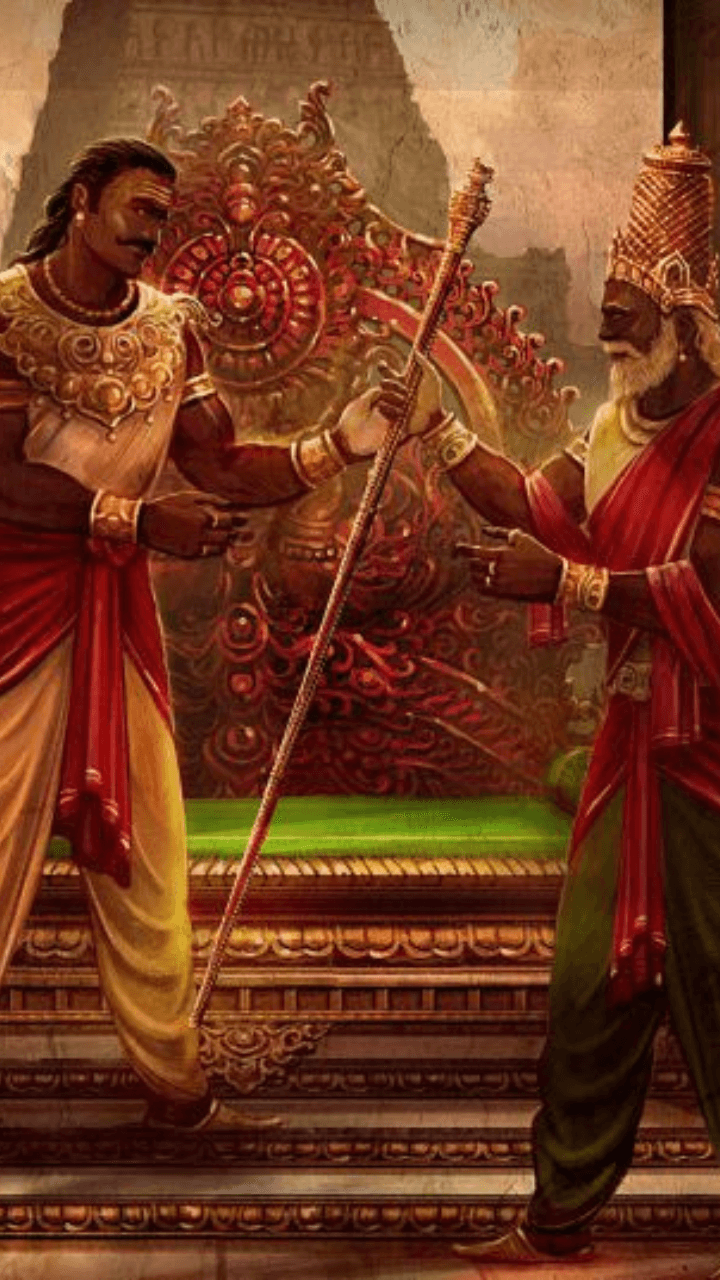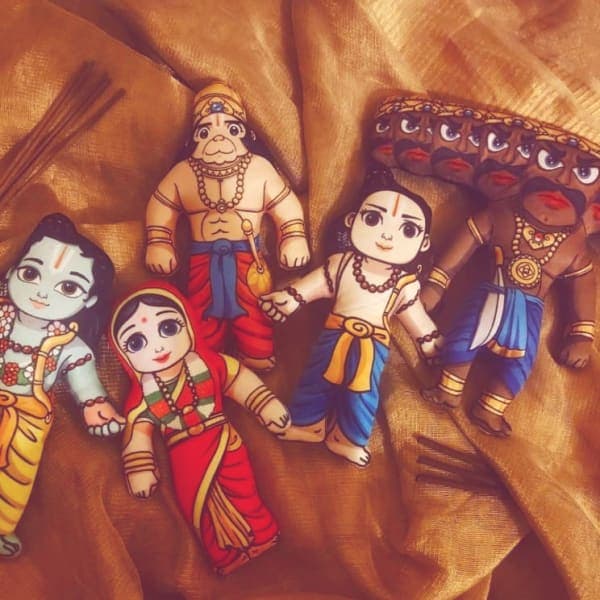Sengol: Unveiling the Ancient Indian Artifact and Its Significance
Sengol, also known as Senkonmai, is an ancient Indian artifact with deep historical and cultural significance. This article delves into the origins, symbolism, and values associated with Sengol, shedding light on its importance in Indian heritage. From its roots in classical Tamil literature to its connection with ancient scriptures, Sengol represents justice, righteousness, and the responsibility of governance.
History and Significance
History
Sengol, which translates to "purified stick," played a pivotal role in the transfer of power from the British to the Indian people during the independence era. While there are numerous videos and discussions about its historicity, this article seeks to explore the scriptural and cultural foundations of Sengol.
The term Sengol finds its roots in classical Tamil, specifically in the ancient text Thirukkural, written by Sri Thiruvalluvar. Chapter 55 of Thirukkural, titled "Senkonmai," delves into the righteous scepter and its significance. Thirukkural is a revered work that encompasses a wide range of subjects, including values, morals, justice, and administration.
Sengol in Chola Dynasty
During the Chola dynasty, Sengol held a significant role as a symbol of authority and justice. The Chola dynasty, which thrived in southern India from the 9th to the 13th centuries, had a well-established system of governance and administration. Sengol, also known as "Sengol Pillai," played a crucial part in this system. Here's a closer look at Sengol's role during the Chola dynasty:
- Symbol of Authority:
Sengol served as a symbol of authority and legitimacy for the rulers of the Chola dynasty. It was a ceremonial instrument that represented the ruler's power and right to govern. The possession of Sengol conveyed the ruler's claim to the throne and their commitment to upholding justice and righteousness. - Royal Insignia:
Sengol was often considered one of the royal insignia of the Chola dynasty. Alongside other important regalia, such as the crown and the royal scepter, Sengol represented the ruler's authority and was prominently displayed during official ceremonies and processions. - Judicial Significance:
Sengol held great importance in the judicial system of the Chola dynasty. It represented the ruler's commitment to justice and fair governance. The presence of Sengol during court proceedings symbolized the ruler's oversight of the judicial system and their responsibility to ensure the delivery of justice. - Influence on Governance:
Sengol influenced the governance practices of the Chola dynasty. It served as a constant reminder for the rulers to govern with integrity, uphold the law, and treat their subjects fairly. The possession of Sengol by the ruler reinforced their role as the custodian of justice and the protector of their people's welfare. - Rituals and Ceremonies:
Sengol played a significant role in various rituals and ceremonies during the Chola period. It was prominently featured in coronations, where the incoming ruler received the regalia, including Sengol, as a symbol of their ascension to the throne. The presence of Sengol in these ceremonies added a sense of solemnity and legitimacy to the ruler's authority. - Legacy and Continuity:
The significance of Sengol extended beyond individual rulers. It represented the continuity of the Chola dynasty's principles and ideals across generations. As Sengol was passed down from ruler to ruler, it symbolized the seamless transfer of power and the commitment to upholding justice and good governance. - Temples and Devotion:
Sengol also had a spiritual dimension during the Chola dynasty. It was often associated with temple rituals and ceremonies, where the rulers, as patrons of temples, played a central role. Sengol's presence in these religious settings reinforced the connection between political power, divine authority, and the pursuit of justice.
The Chola dynasty recognized the significance of Sengol as a symbol of authority, justice, and good governance. Its presence in the Chola court and rituals underscored the rulers' commitment to upholding these values. Today, Sengol stands as a testament to the Chola dynasty's rich history and cultural heritage.
Significance
Sengol holds a vital place in Tamil culture and heritage. It is considered a book of social code, akin to Chanakya's Arthashastra. Rooted in the dharmic traditions of Bharat, such as Jaina Dharma and Sanatana Dharma, Sengol represents justice, righteousness, and the duty of a ruler to uphold these principles.
The scriptures emphasize the crucial role of the king in delivering justice, maintaining order, and protecting the realm according to the codes defined in ancient texts like the Vedas and Shastras. Sengol epitomizes these principles and serves as a symbol of authority and responsibility.
Sengol in the New Parliament
Continuing with the previous information, the installation of the historic scepter 'Sengol' near the Lok Sabha Speaker's chair in the new Parliament building has drawn attention from Prime Minister Narendra Modi. He expressed his delight and emphasized the significance of Sengol in Parliament, highlighting how it symbolizes the harmonious blend of heritage and progress, providing inspiration to fulfill the aspirations of the people.
In a tweet, PM Modi acknowledged the recognition of Sengol during the inauguration of the new Indian Parliament building, underscoring the powerful message it conveys. He described Sengol as a revered symbol during the Chola empire, representing the path of duty, service, and the nation. By bringing Sengol to the new Parliament, Modi emphasized its historical importance and the values it embodies.
During the inauguration ceremony, PM Modi also took a subtle swipe at the Congress party, pointing out that Sengol, which symbolized the transfer of power from the British in 1947, deserved greater respect after India's independence. He highlighted that it was previously displayed as a mere "walking stick" at Anand Bhawan in Prayagraj, implying that its significance was not properly recognized.
The prime minister further highlighted that the new Parliament building reflects the aspirations of a New India and serves as a testament to the country's journey towards self-reliance. He emphasized that as India progresses, the new Parliament building will play a role in contributing to global progress, symbolizing the growth of an Aatmanirbhar Bharat (self-reliant India) and a developed nation.
Attended by dignitaries including former president Ram Nath Kovind, Chief Ministers Y S Jagan Reddy, Yogi Adityanath, Eknath Shinde, Neiphu Rio, foreign envoys, parliamentarians, and representatives from various walks of life, the inauguration ceremony of the new Parliament building marked an important milestone in India's path towards progress and development.
Sengol- An Ancient Heritage
Videos of Sengol Pratisthan
...





